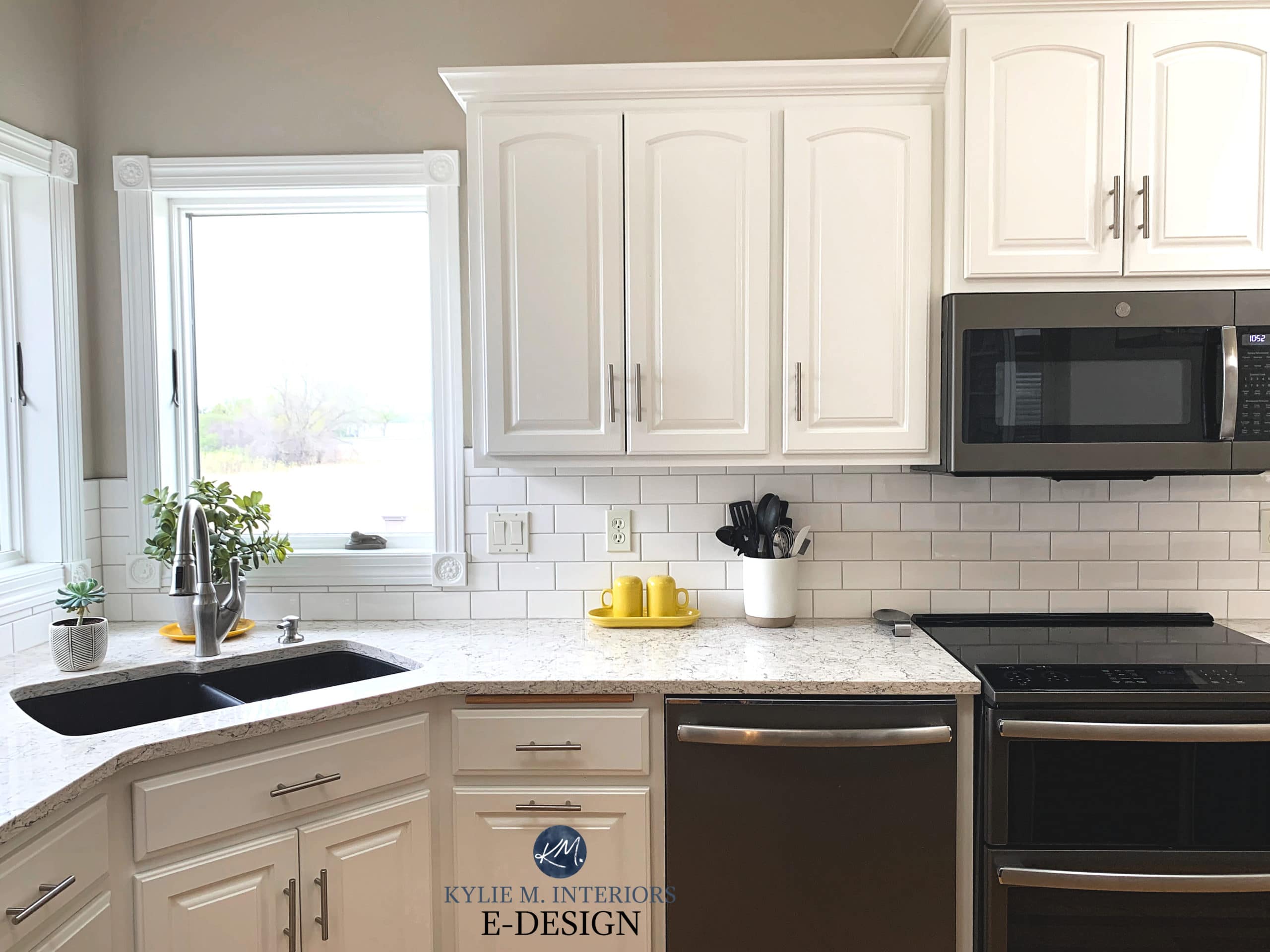Factors to Consider When Choosing White Paint for Kitchen Cabinets

Choosing the right white paint for your kitchen cabinets is a big decision, bruv. Get it wrong, and you’re stuck with a vibe that’s less “stylish urban pad” and more “sad beige box”. This ain’t no quick fix; we’re talking about a long-term commitment, so let’s break down the key factors to get it right first time.
The Impact of Sheen on Look and Durability
The sheen of your paint – matte, eggshell, satin, or semi-gloss – massively impacts both the look and how long it lasts. Matte finishes are dead smooth, hiding imperfections like a boss, but they’re not the toughest cookies in the jar. Eggshell offers a slightly more durable, subtle sheen, perfect for a less stark look. Satin is tougher still, with a gentle shine that’s easy to wipe clean – ideal for high-traffic areas like kitchens. Semi-gloss, the shiniest option, is super durable and washable, but it can highlight imperfections. Think about your lifestyle; if you’re a bit of a messy chef, semi-gloss is your mate. If you’re after a more relaxed, minimalist look, matte or eggshell might be your jam.
The Influence of Existing Kitchen Colour Palette and Style, Best sherwin williams white paint for kitchen cabinets
Your kitchen’s existing colours and style are your starting point, innit? A crisp, pure white might look banging in a modern, minimalist kitchen, but it could clash horribly with a more rustic, traditional setup. Off-whites, with their subtle undertones of cream, beige, or grey, can work wonders in a range of styles, adding warmth and depth without being too overpowering. Consider the colours of your countertops, backsplash, and flooring. Do they have warm or cool undertones? Matching these undertones in your white paint will create a cohesive and stylish look. For example, a kitchen with warm wood tones might benefit from an off-white with subtle yellow undertones, while a kitchen with cool grey tones might pair better with a white that has hints of blue or grey.
Pure White vs. Off-White for Kitchen Cabinets: A Comparison
Pure white, like Sherwin-Williams’ “Pure White,” packs a punch. It’s bright, airy, and makes a space feel bigger. However, it can feel a bit stark or cold, especially in smaller kitchens or those with limited natural light. Off-whites, on the other hand, offer a softer, warmer feel. They can add depth and character without sacrificing brightness. Consider the overall lighting in your kitchen; a pure white might amplify existing light, but an off-white might be more forgiving in dimly lit spaces. The choice boils down to your personal preference and the overall aesthetic you’re aiming for.
Cabinet Material and Paint Adhesion
The material of your cabinets – be it solid wood, MDF (Medium-Density Fibreboard), or something else – directly affects how the paint adheres. Wood, especially properly prepped wood, generally takes paint like a dream. MDF, while cheaper, can be more porous, requiring a primer to ensure a smooth, even finish and prevent the paint from soaking in unevenly. Before you even think about grabbing a brush, proper prep is key. This means cleaning the cabinets thoroughly, sanding them down to create a good surface for the paint to grip, and filling any gaps or imperfections. Failing to prep properly is a recipe for disaster, leading to peeling, chipping, and a generally dodgy finish. Don’t skimp on this stage, fam; it’s the foundation of a proper job.
Alternatives to AI-Generated Content: Best Sherwin Williams White Paint For Kitchen Cabinets

Rewriting content generated by AI is crucial for injecting personality and authenticity. A purely AI-generated piece often lacks the nuanced understanding and engaging style that a human writer can provide. This rewrite focuses on transforming a generic article about Sherwin Williams white kitchen cabinet paints into a piece that’s both informative and readable, avoiding the stiff, robotic tone common in AI-generated text.
Sherwin Williams White Paint Options for Kitchen Cabinets
This section explores the popular Sherwin Williams white paint choices for kitchen cabinets, focusing on their key characteristics and suitability. We’ll avoid technical jargon and present the information in a clear, concise manner.
- Pure White (SW 7005): A crisp, clean white that works well in bright kitchens. Its slightly cool undertone prevents it from appearing too stark.
- Alabaster (SW 7008): A warmer, softer white that’s incredibly versatile. It complements both traditional and modern styles, creating a welcoming atmosphere.
- White Dove (SW 7390): A popular choice, offering a creamy, slightly grayed white that adds a touch of sophistication. It’s less stark than Pure White, making it ideal for smaller kitchens.
- Greek Villa (SW 6116): A slightly off-white with warm, subtle undertones, providing a more relaxed, inviting feel. This option can create a sense of understated elegance.
Choosing the Right Sheen
The sheen of the paint significantly impacts the final look and durability. Understanding the differences is vital for a successful project.
- Eggshell: Offers a subtle sheen, hiding minor imperfections while being relatively easy to clean. It’s a popular choice for kitchen cabinets.
- Satin: More durable than eggshell, providing better stain and scratch resistance. The slightly higher sheen makes it easier to wipe clean, ideal for high-traffic areas.
- Semi-gloss: Highly durable and washable, but shows imperfections more readily. It’s best suited for areas requiring maximum durability and easy cleaning.
Preparing for Painting
Proper preparation is key to achieving a professional finish. This section Artikels essential steps to ensure a long-lasting and beautiful result.
Thorough surface preparation is paramount. This includes cleaning, sanding, and priming to ensure the paint adheres properly and provides a smooth, even finish.
Applying the Paint
This section details the painting process, focusing on techniques for achieving a flawless result.
Using high-quality brushes or rollers and applying thin, even coats will prevent brushstrokes and ensure a smooth finish. Allow adequate drying time between coats.
